In generative modeling, particularly with diffusion models, achieving control over output based on user-provided conditions (like text prompts or class labels) is essential. Earlier methods achieved this control by utilizing external classifiers to influence the sampling process, introducing additional model components and computational overhead.
Classifier-Free Guidance (CFG) eliminates the need for these external elements by training a single model to perform both conditional and unconditional generation. This results in a streamlined, more efficient generation pipeline that simplifies implementation and improves the alignment between generated outputs and input conditions.
Core Concepts
Conditional and Unconditional Generation
CFG hinges on the idea that a single model can be taught to understand both prompt (conditional) and prompt-less (unconditional) scenarios. During training, the model randomly sees a mixture of:
- Conditional samples — where input prompts or labels guide the generation.
- Unconditional samples — where the model learns to generate outputs without guidance.
This dual exposure allows the model to understand how conditioning alters its output and how to maintain quality even without it. By mastering both modes, the model can later blend them during inference for more controllable generation.
Guidance Scale
The guidance scale is a hyperparameter that determines how strongly the generation process should adhere to the input condition. It governs the trade-off between:
- Fidelity to the prompt (higher guidance scale)
- Diversity and creativity (lower guidance scale)
For example, a low scale might produce more imaginative or varied outputs that loosely reflect the prompt, while a high scale forces the model to adhere more rigidly to the condition, sometimes at the expense of natural variation.
How Classifier-Free Guidance Works
Training Phase
The model is trained using a blend of conditional and unconditional data. Conditional samples are paired with guiding inputs like class labels or text prompts. For unconditional samples, the prompt is dropped, simulating a zero-condition setting. This mixed training prepares the model to understand both modalities.
Generation Phase
At inference, the model performs two parallel forward passes for each step in the diffusion process:
- One of the guiding conditions.
- One without the guiding condition.
Combining Outputs
The final score used to denoise the data is a weighted combination of the conditional and unconditional outputs:
Guided Score=(1+w)⋅Conditional Output−w⋅Unconditional Output
Where w is the guidance scale, this formula nudges the model to prefer outputs more consistent with the prompt while benefiting from the diversity captured during unconditional training.
Advantages of Classifier-Free Guidance
Simplified Architecture
By removing the dependence on an external classifier, CFG reduces architectural complexity. There’s no need to train and maintain another model component separately, saving memory and training resources.
Improved Output Quality
The blended output from conditional and unconditional scores often leads to higher fidelity and more realistic samples, especially when compared to rigid classifier guidance models. CFG allows for nuanced adherence to prompts, avoiding overfitting or robotic outputs.
Flexibility
The adjustable guidance scale provides fine control over the generation process. Developers and users can tune this scale to match specific creative needs, strict adherence to instructions (e.g., product renders), or more exploratory output (e.g., abstract art).
Limitations and Challenges
Training Complexity
Although inference is simplified, the training setup is more involved. The model must be trained to handle two parallel behaviors, conditional and unconditional generation, which may require careful data balancing and more sophisticated loss formulations.
Guidance Scale Tuning
Choosing the correct guidance scale is critical and often application-dependent:
- Too high a scale can lead to over-constrained outputs that lack creativity or appear distorted.
- Too low a scale may result in outputs that ignore the prompt altogether.
This tuning typically requires empirical testing and validation.
Applications of Classifier-Free Guidance
Text-to-Image Generation
CFG is a cornerstone of models like Stable Diffusion, enabling them to render images based on textual descriptions faithfully. Users can describe a scene in natural language, and the model generates coherent visual interpretations that closely reflect the prompt.
Image Editing
In conditional editing tasks (e.g., “add a red hat to the person,” “add a red hat to the person”), CFG enables the model to apply modifications that respect the original content while precisely executing the guided instruction. This enhances tools for photography, design, and social media filters.
Creative Content Generation
Artists and designers can utilize CFG to generate themed artwork, stylized compositions, or narrative illustrations. The guidance scale offers dynamic control over how tightly the output should adhere to style prompts or thematic descriptions.
Recent Developments
Recent advances in CFG have focused on pushing its boundaries further:
Adaptive Guidance Scales
Instead of using a fixed guidance scale, researchers have proposed adaptive scaling techniques that adjust the influence dynamically based on generation quality, confidence scores, or specific prompt types. This improves both flexibility and robustness.
Hybrid CFG Models
Integrating CFG with other generative modeling paradigms, such as GANs or autoencoders, has led to hybrid models that combine CFG’s control mechanisms with the strengths of different frameworks, enhancing both speed and fidelity.
Efficient Sampling Enhancements
Work is also underway to reduce the computational cost of CFG-influenced sampling, allowing for faster image generation with minimal quality loss. These include denoising optimization strategies and reduced-step schedulers.
Classifier-Free Guidance (CFG) is a transformative innovation in diffusion-based generative modeling. By embedding guidance capabilities directly within the model, CFG simplifies architecture, improves controllability, and delivers consistently high-quality results without relying on auxiliary classifiers.
Its flexibility through the guidance scale and powerful conditioning mechanism has made it a standard component in cutting-edge models like Stable Diffusion. As research evolves, CFG is poised to become even more adaptive, efficient, and influential in creative AI applications.

